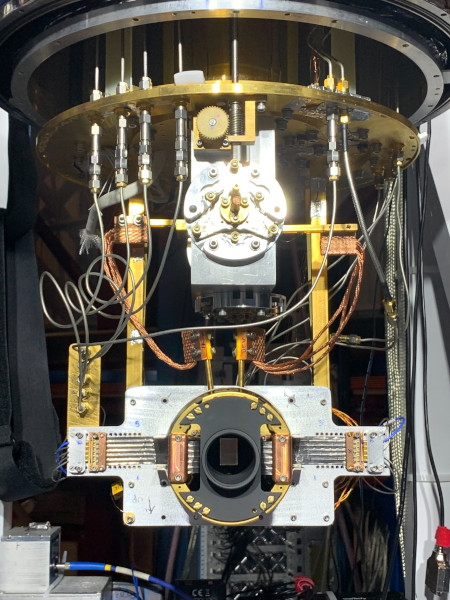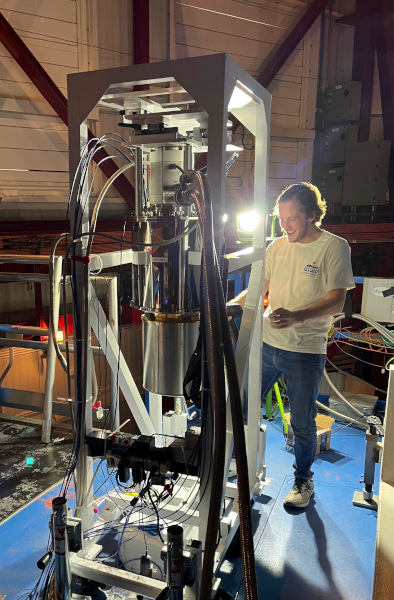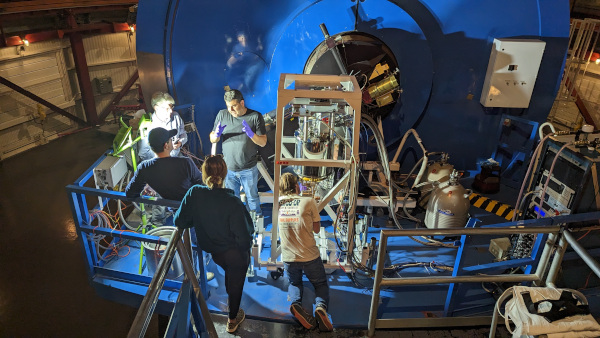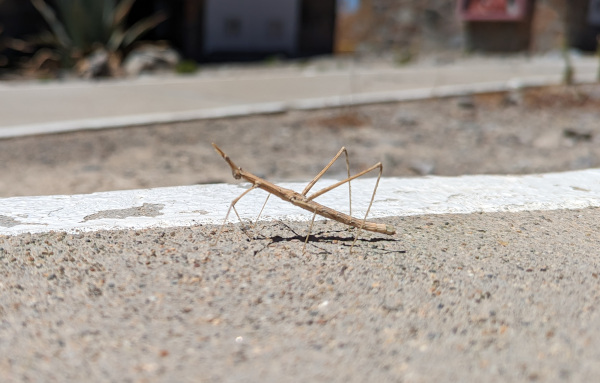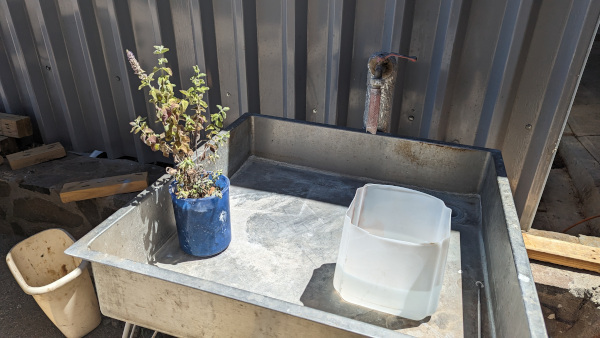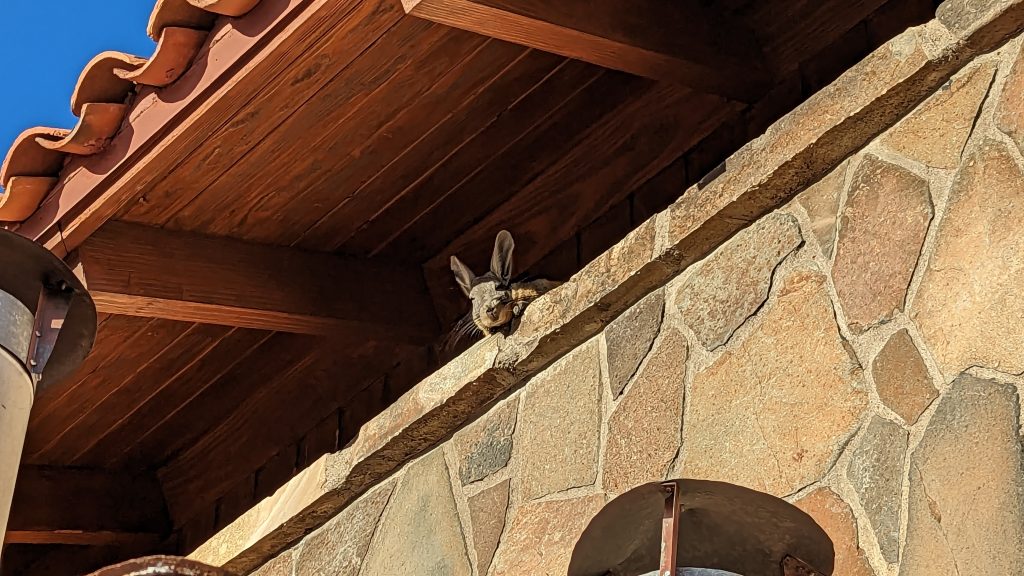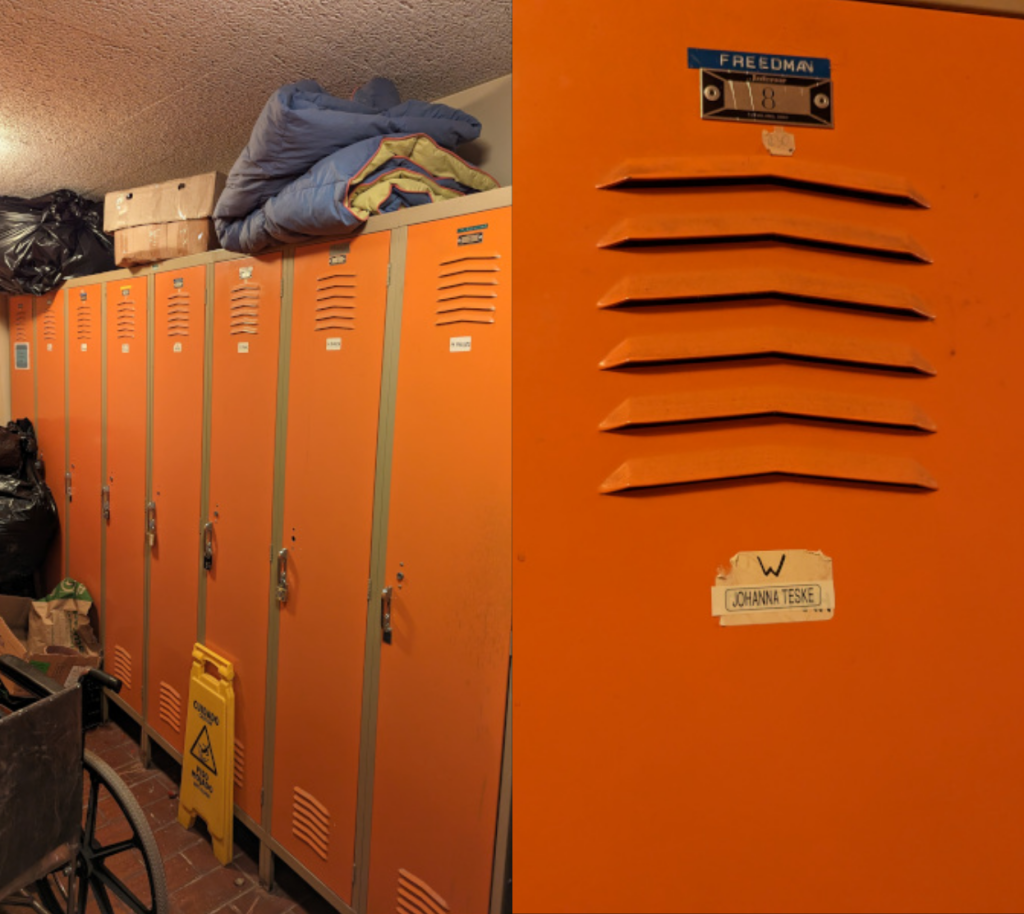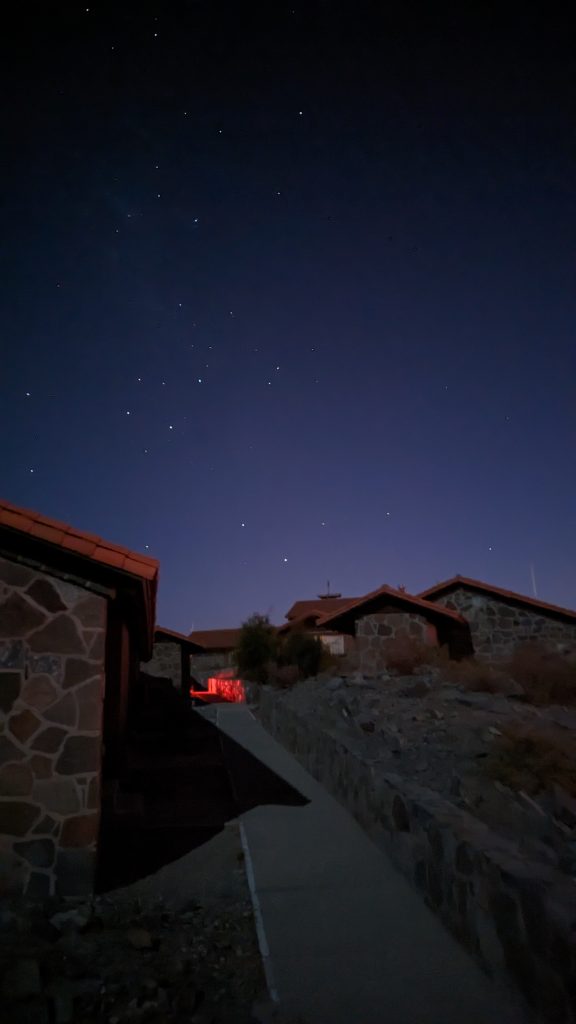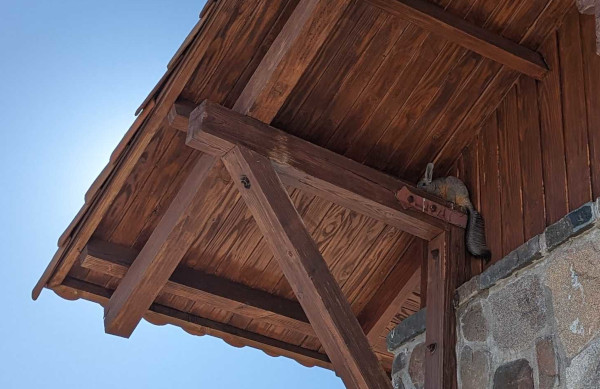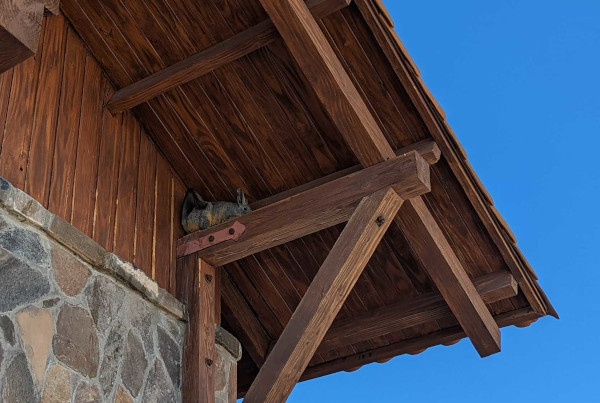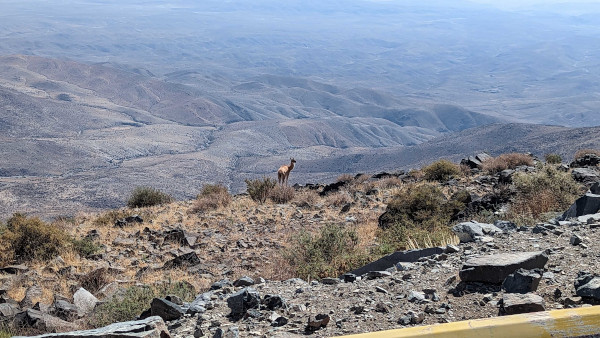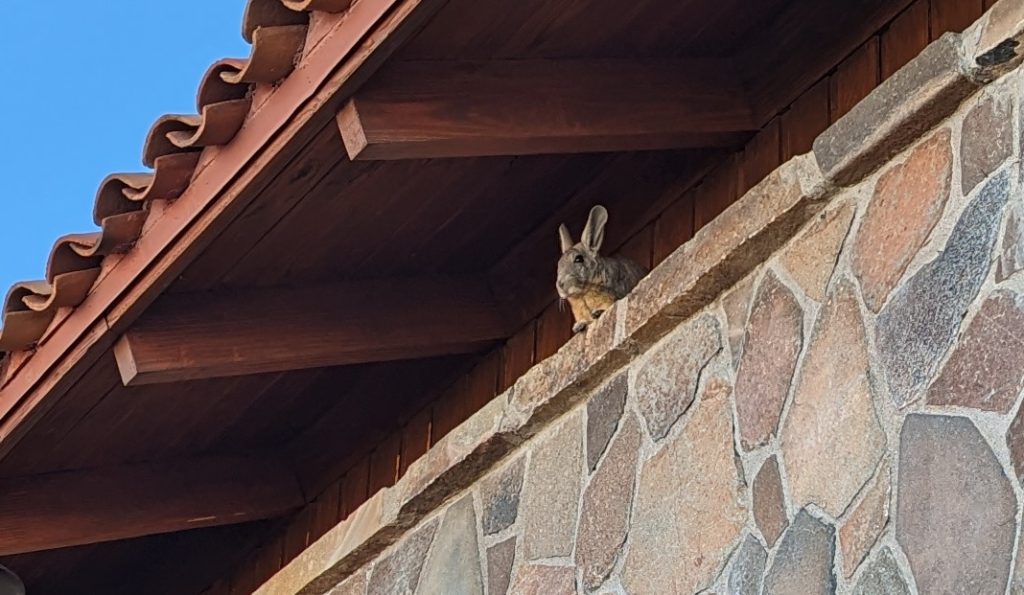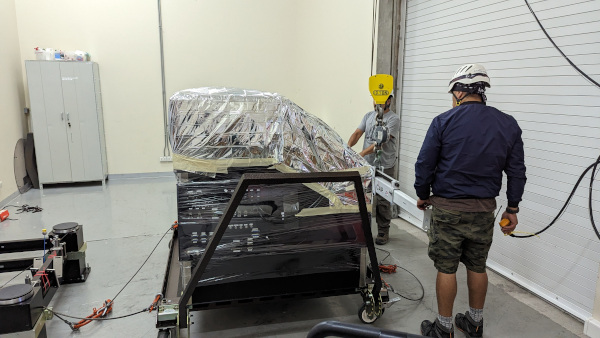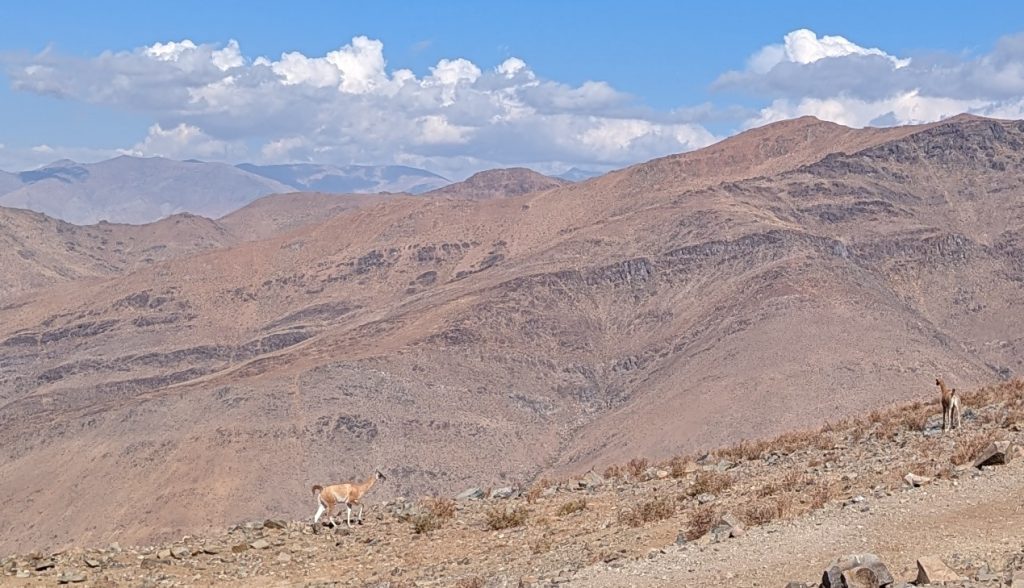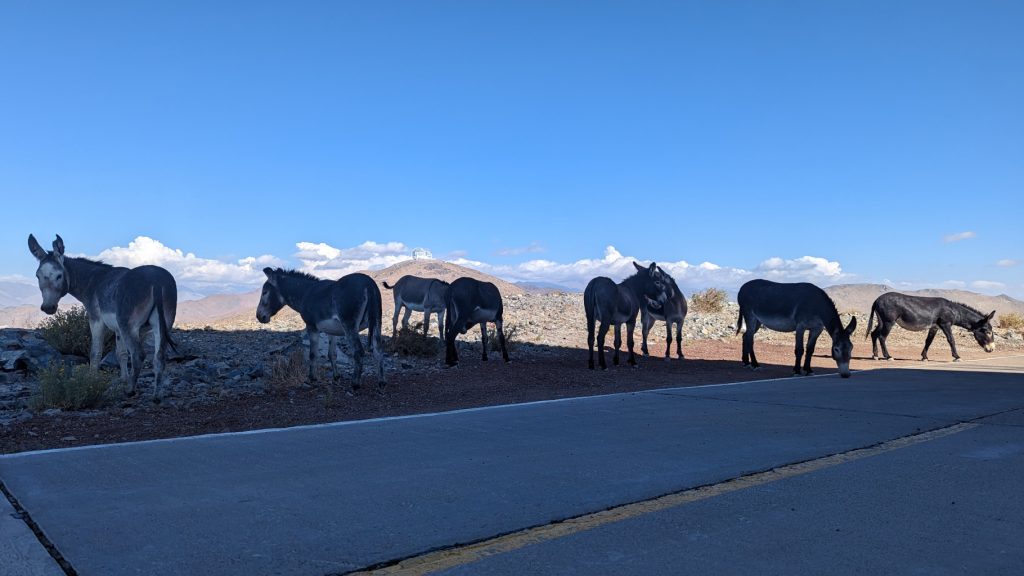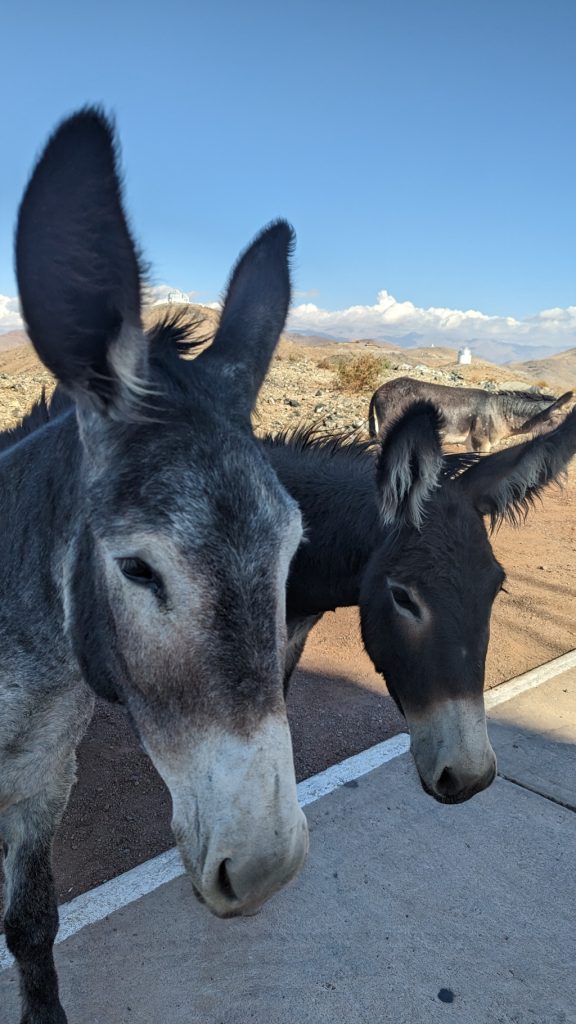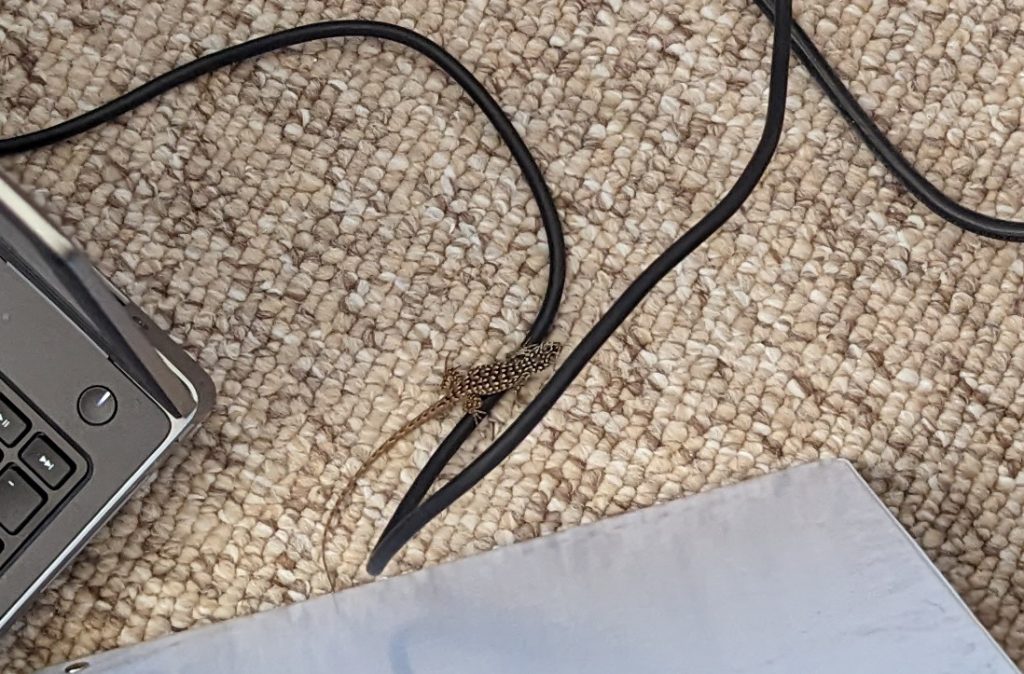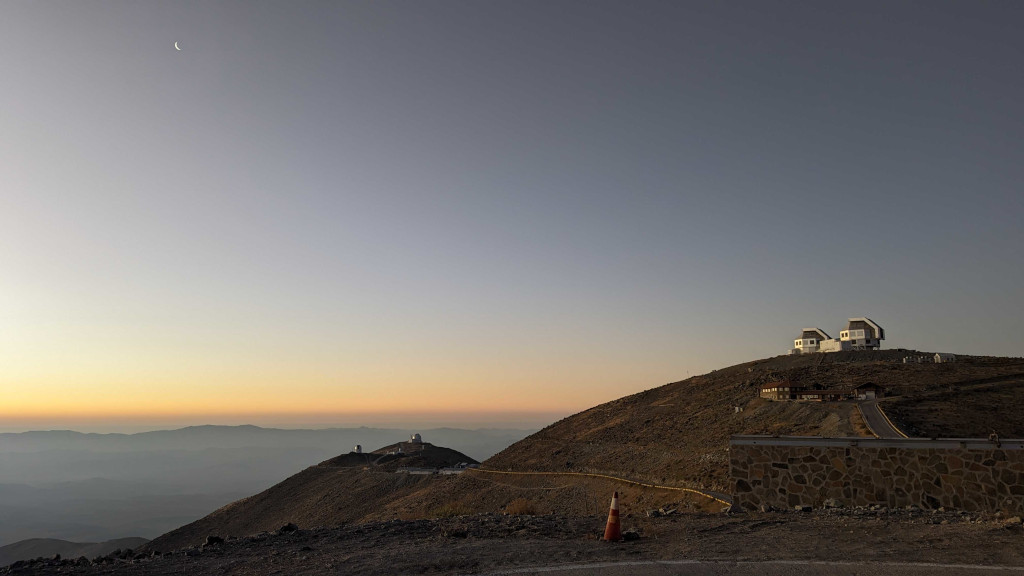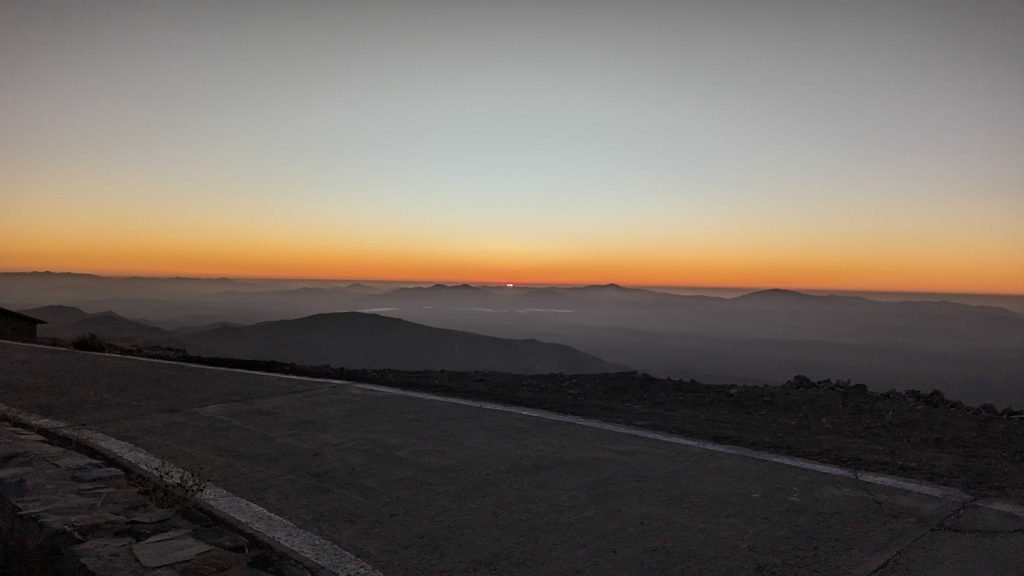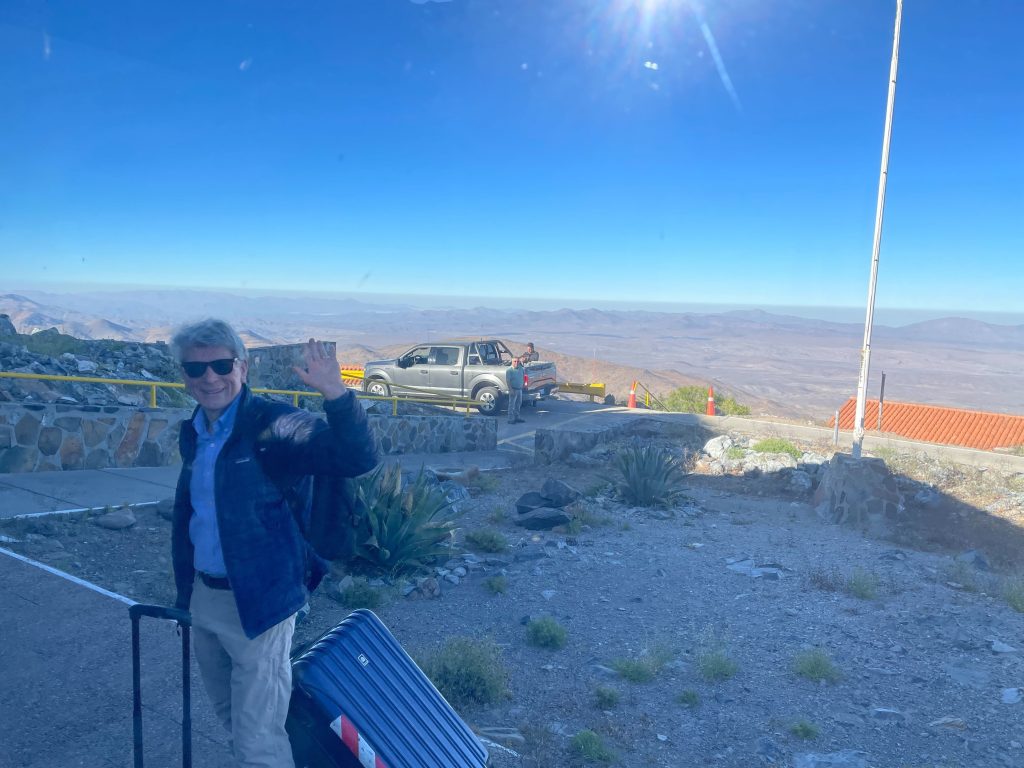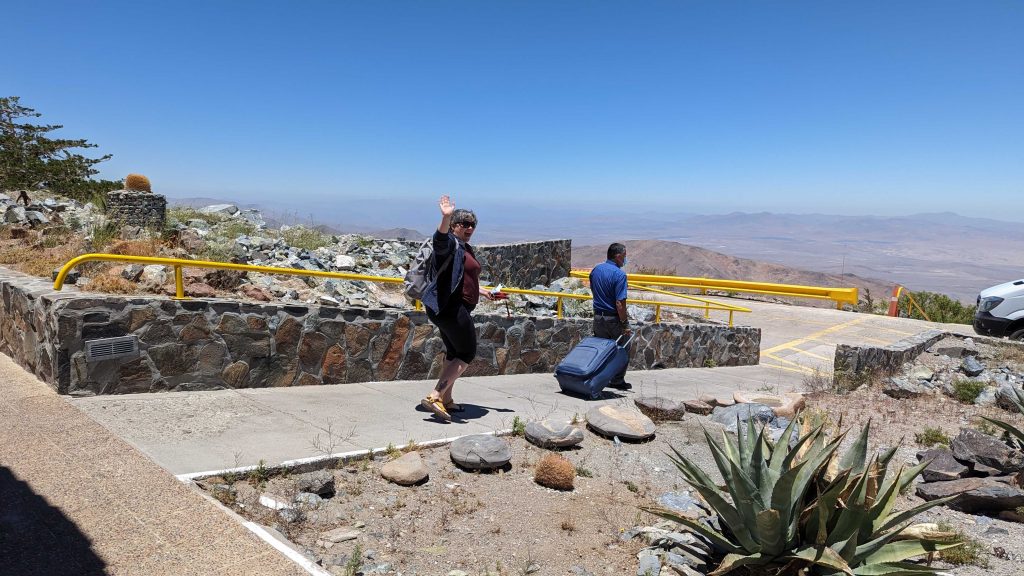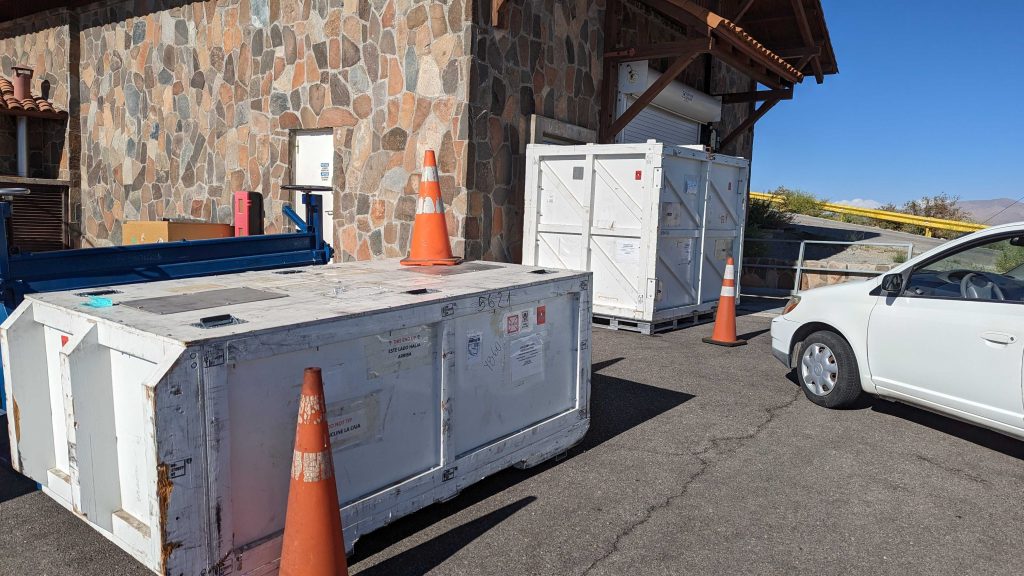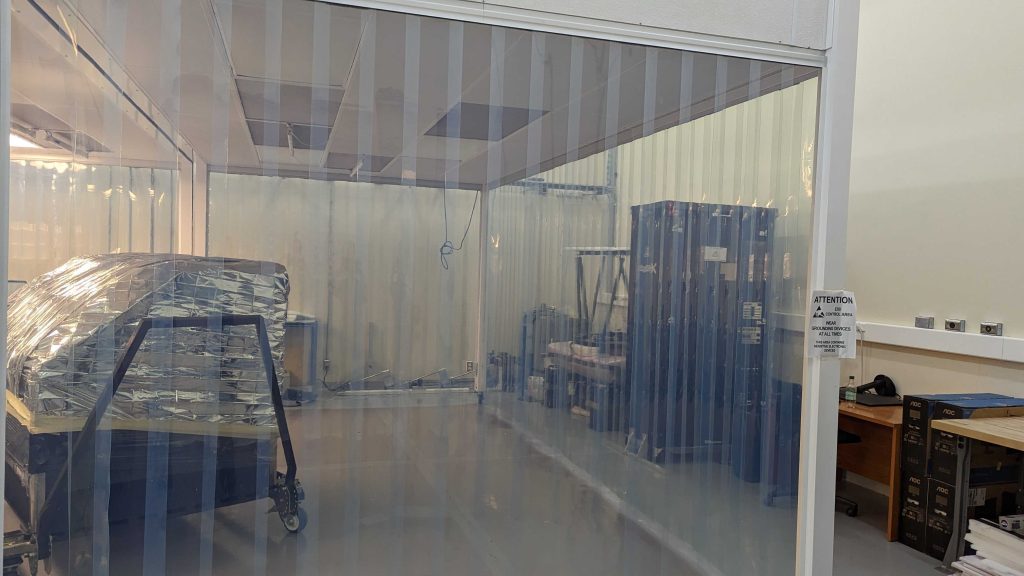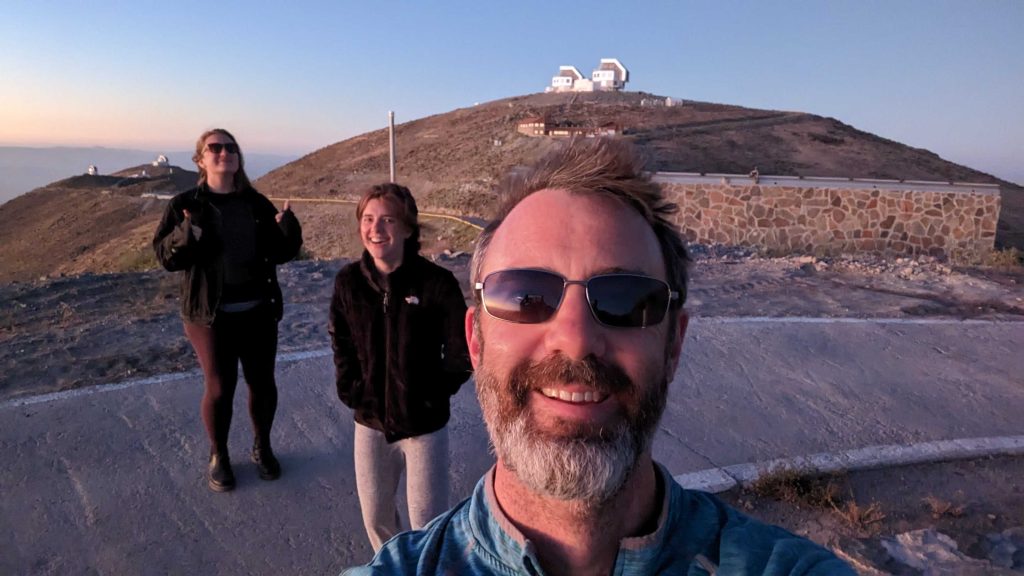Just before sunset tonight we held an “enstickening” ceremony to officially add XKID as part of MagAO-X. We’re happy to have the whole XKID team become part of the MagAO-X traveling circus.
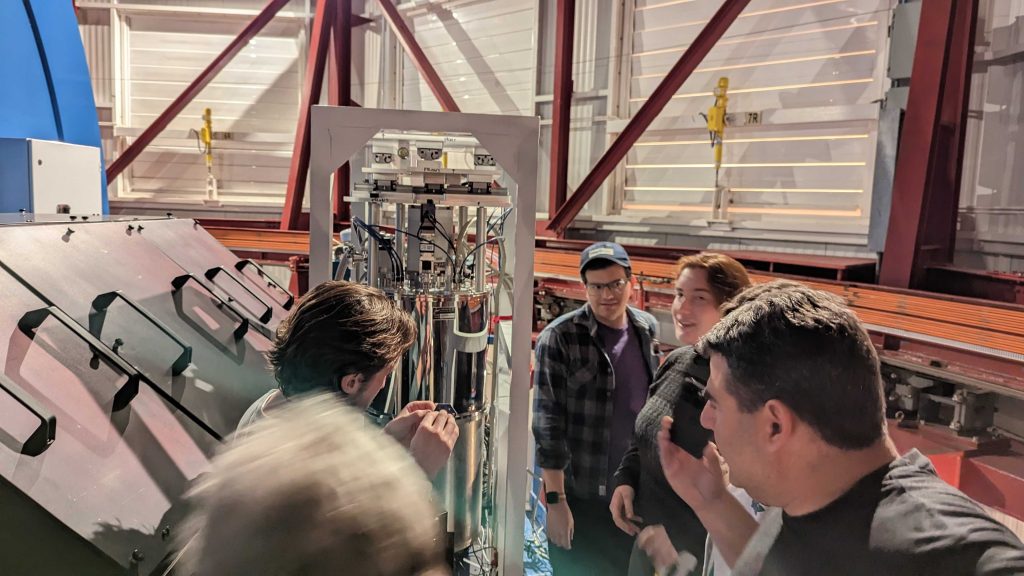
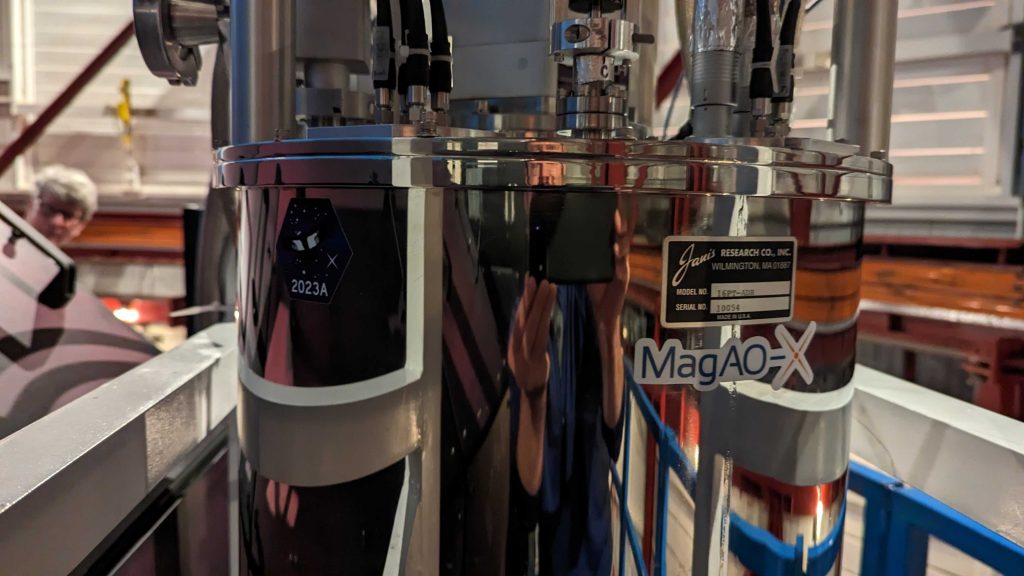
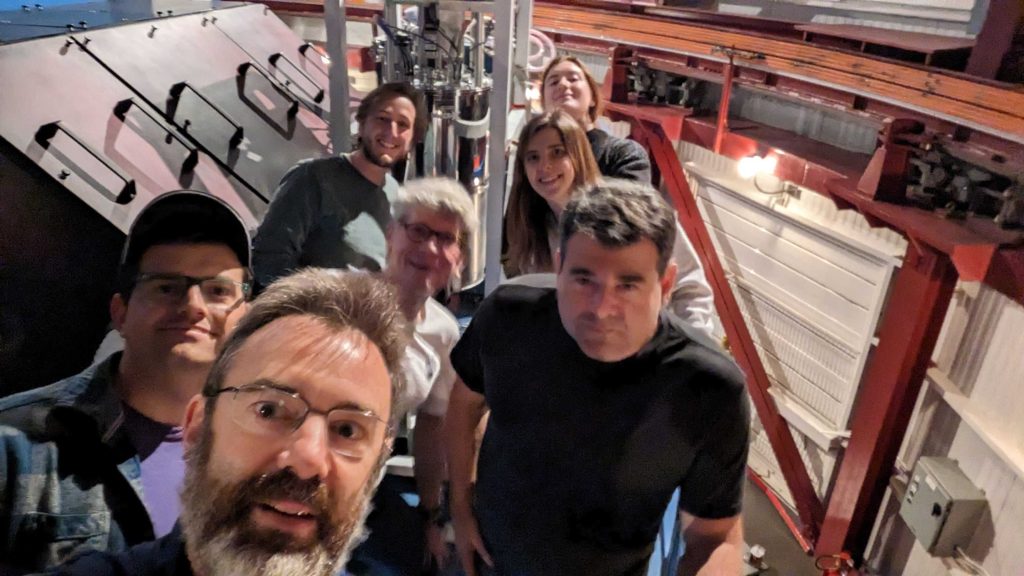
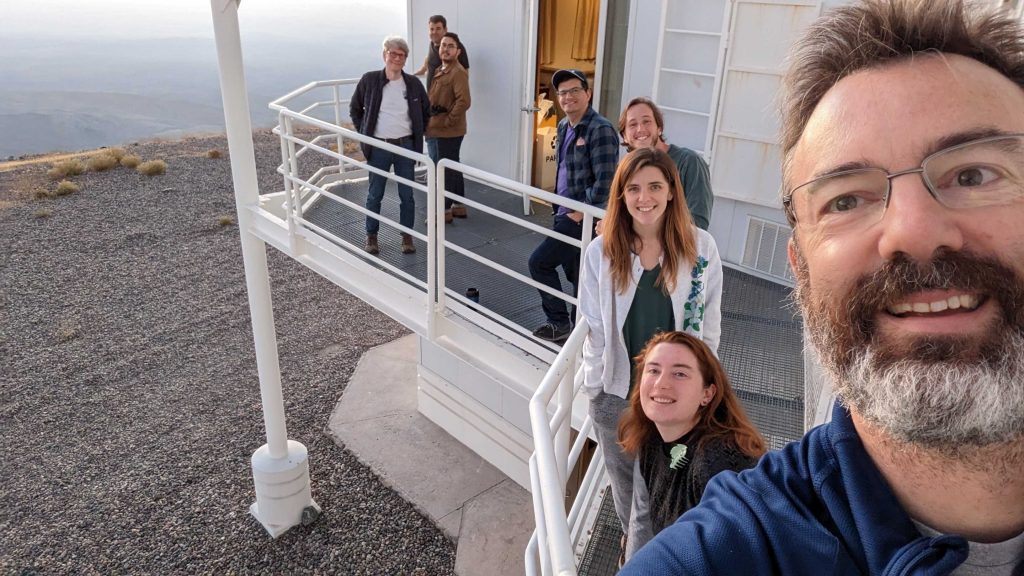
We then had another great LCO night of low winds, slow jet stream, and great seeing. The big engineering achievement of tonight was finally getting the infamous low-order wavefront sensing loop working with all of its modes on the light rejected by a coronagraph. Amazingly, this happened on Avalon’s last night at LCO for 2023A.
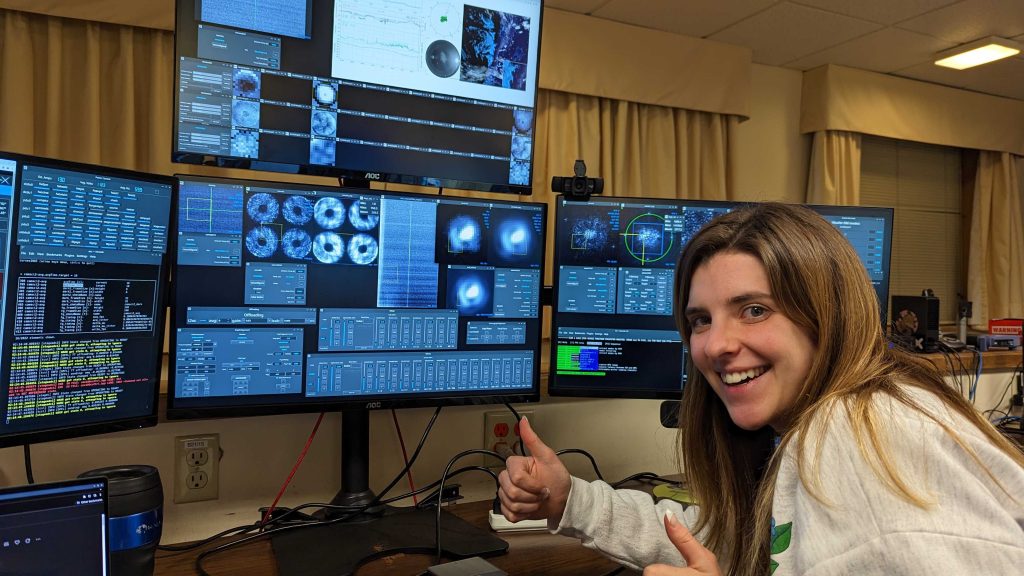
We also welcomed Alycia to the party. As usual, she came well supplied with AO operator food (pringles and wasabi peas of course).
You can tell it’s going well when screensavers turn on.
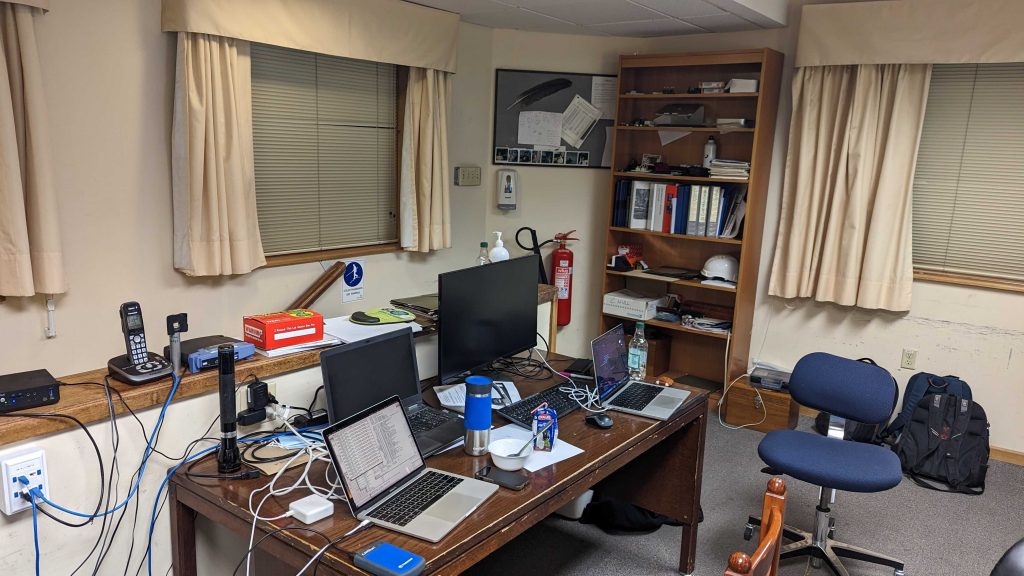
The night was briefly in danger of being lost due to another tarantula incursion, which trapped our TO Carla on the wrong side of the staircase to the control room. It turned into an excellent opportunity for training and personal growth as Eden was the only human left to run the entire observatory.
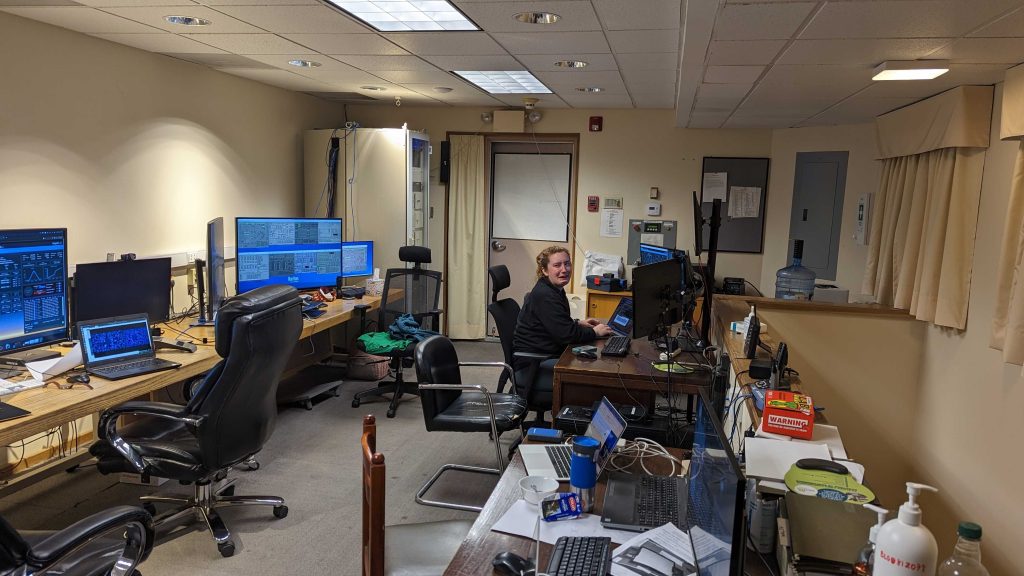
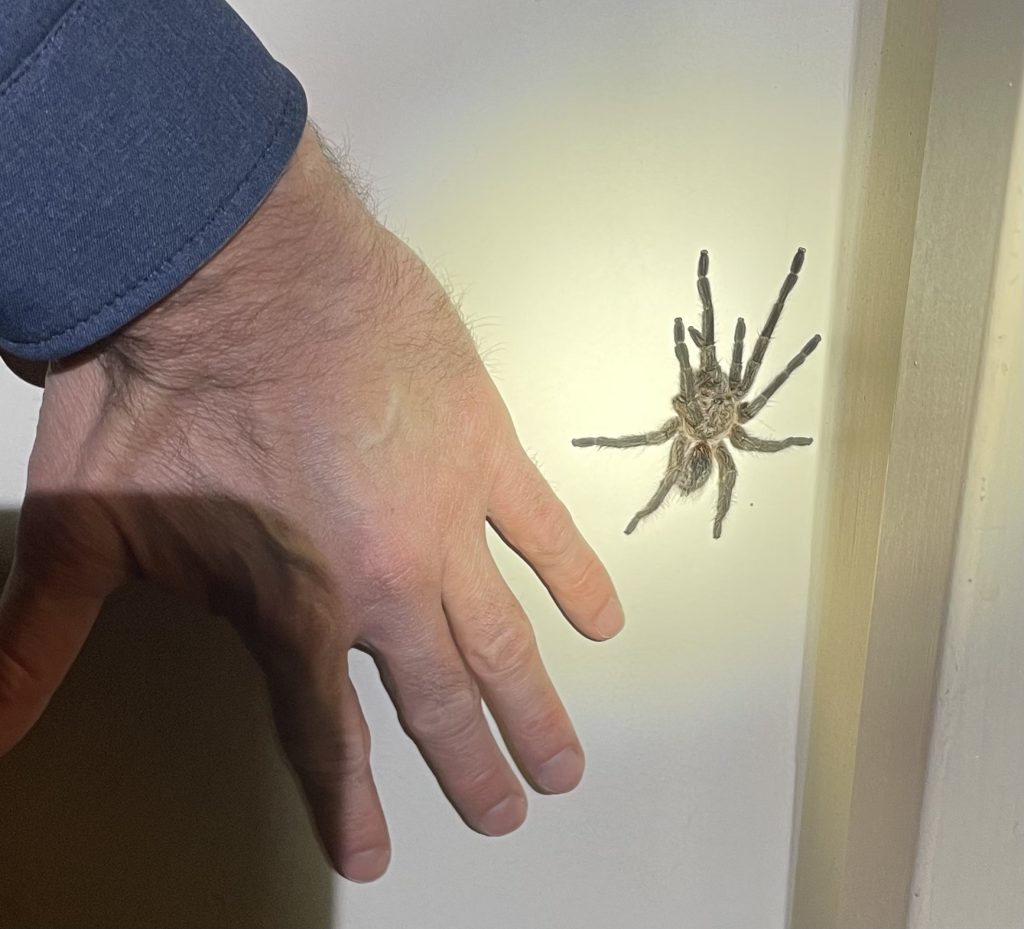
The obligatory viscacha pics:
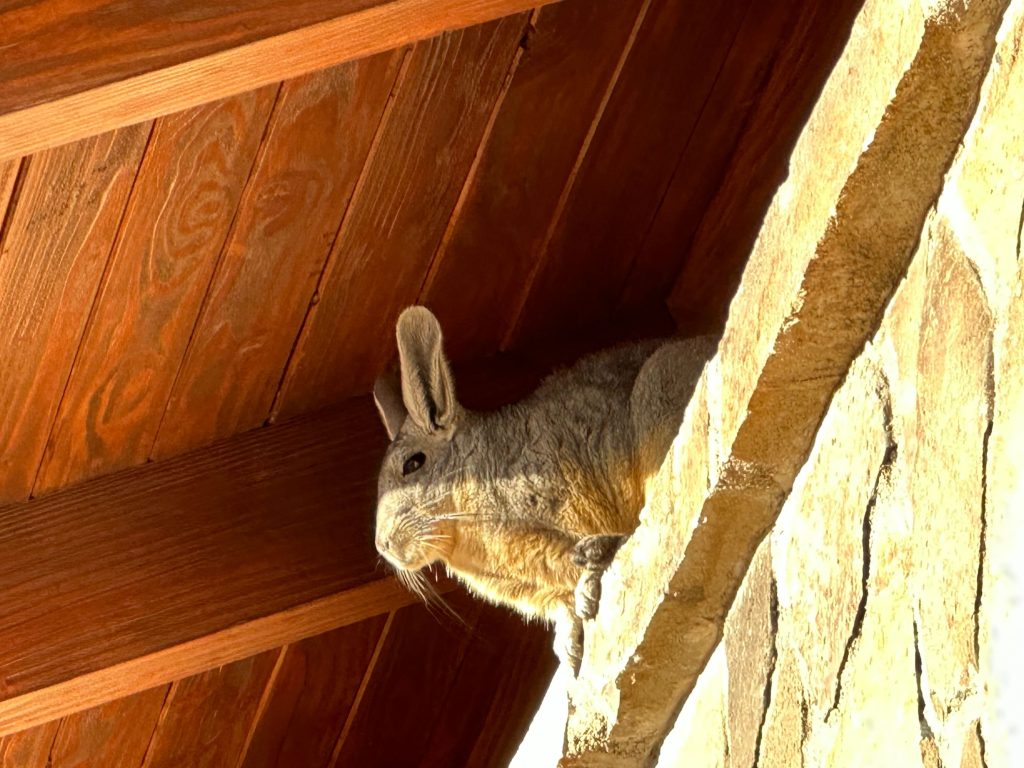
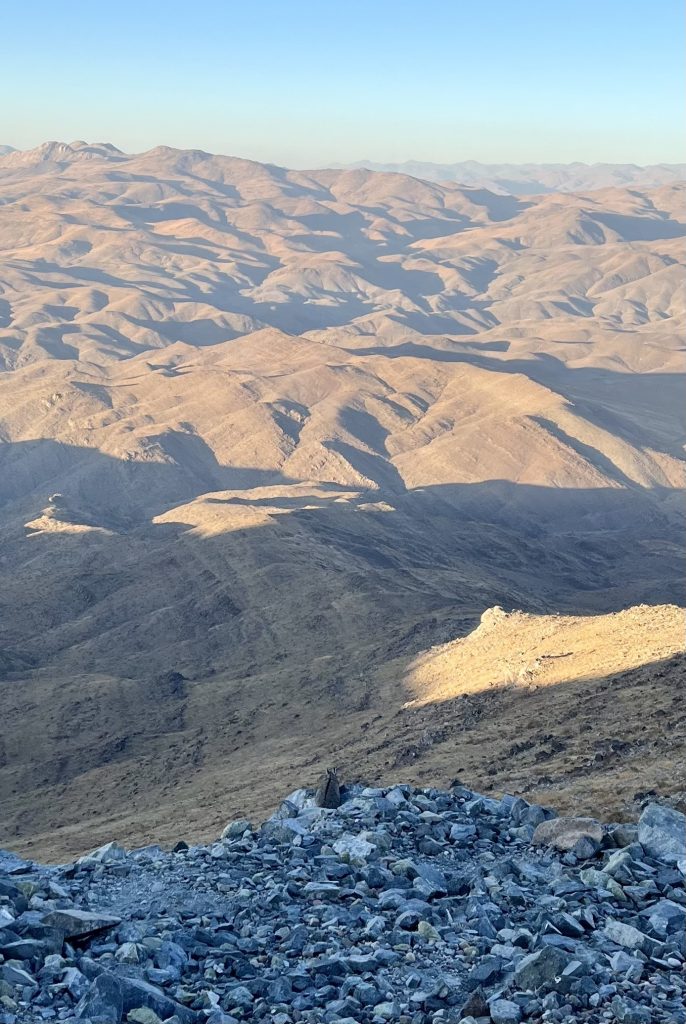
I started my long story about that one concert I went to that time. The surprise first opener was KoЯN. The expected 2nd opener was Marilyn Manson. And oh my gosh was it bad. We hung out at the front rail for a couple of songs, and all I can say is that it was weird. Maybe if this run goes on for long enough I’ll get to the fun kinda crazy, like seeing Trent Reznor of Nine Inch Nails tackle his keyboard player and then throw the remains of that keyboard at a different keyboard player. But this was the . . . not fun kind of crazy. Everybody in the place ended up sitting down at the back of the concert hall, like we were trying to get away from Manson and his . . . weirdness and bad music. Just awful.
But later on, I came to like at least one Marilyn Manson song, because of The Matrix. I guess this qualifies as a sea story, so there I was, in Nuclear Power School, studying all of my ass off. I didn’t have a TV, and was really only in my apartment for a few hours a night. So I had never heard anything about The Matrix. One Friday night a few shipmates and I decided to ditch the books and go to a movie, and one of them was really excited about this movie I had never heard of. Having seen no previews, not even a poster, I sat down having absolutely no idea what was about to happen. I think it’s rare experience to take something like that in with no preconceptions. Mind blown.
So anyway, this is on The Matrix sound track and I probably saw it live but have blocked it out:
